The Trinity Hospital
Types of Baskets and Their Uses
| The first time I ever walked into Nealis Hall before I started working here, I had never seen a locally-made basket. I was a bit overwhelmed by all the types and felt something like "basket blindness" as they all blended together in my mind. Learn the hallmarks of different baskets and their uses in this blog post. |
Balloon Flight
Meet the Weaver: Carrie Turner
| In February of 1982, Coleen Kelley and Craig Irvin interviewed weaver Carrie Turner at Wautek (Johnson's) California. Sections of this interview were used in the publication "Baskets and Weavers" sold at the Clarke Museum. Get a peek into the rest of the interview and some of Carrie's baskets in the Clarke collections in this blog post. |
Humboldt County and the World's Fair
Zipping Along - Sport Races in Humboldt County
| There's a lot of open space in rugged Humboldt County- perfect for people who are looking for daring, adventurous hiking or running. Hear the story of Elta Cartwright, a runner who when to the Olympics, the race to Kneeland, and the Redwood Empire Indian Marathon, that was run from San Francisco to Grant's Pass, Oregon, a distance of 482 miles, over the Redwood Highway. |

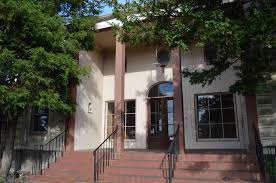
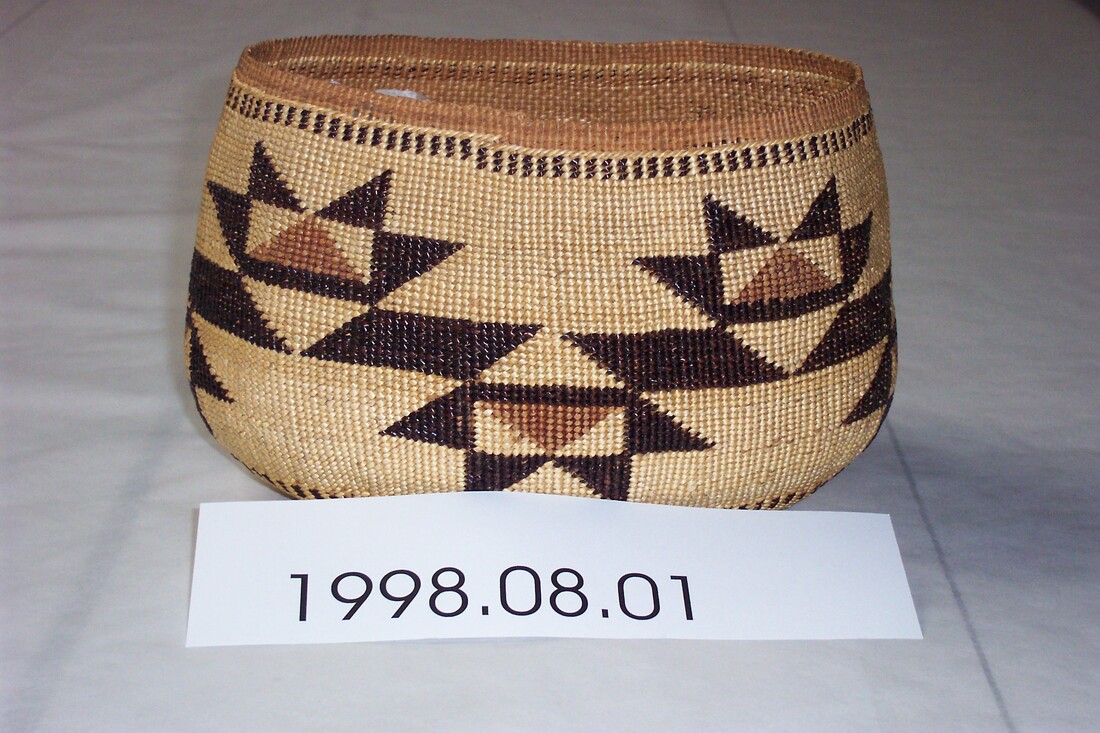
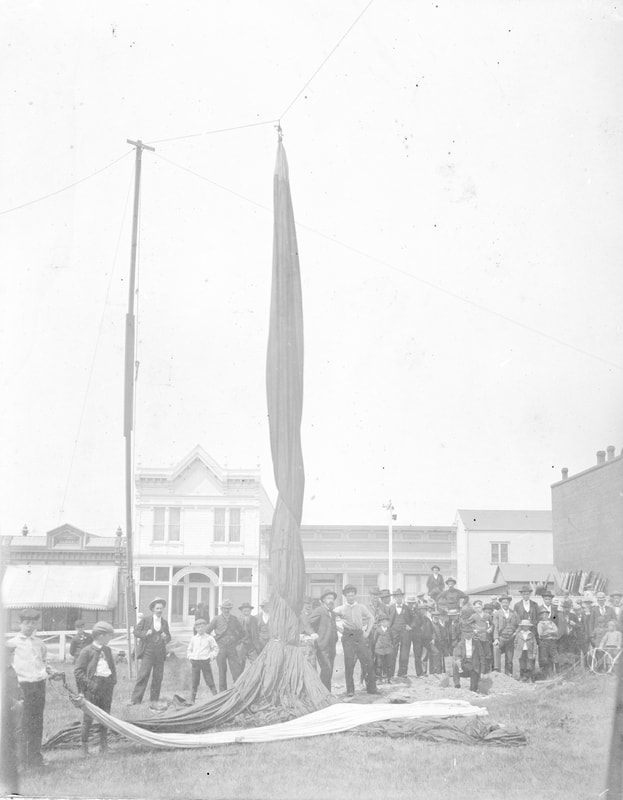
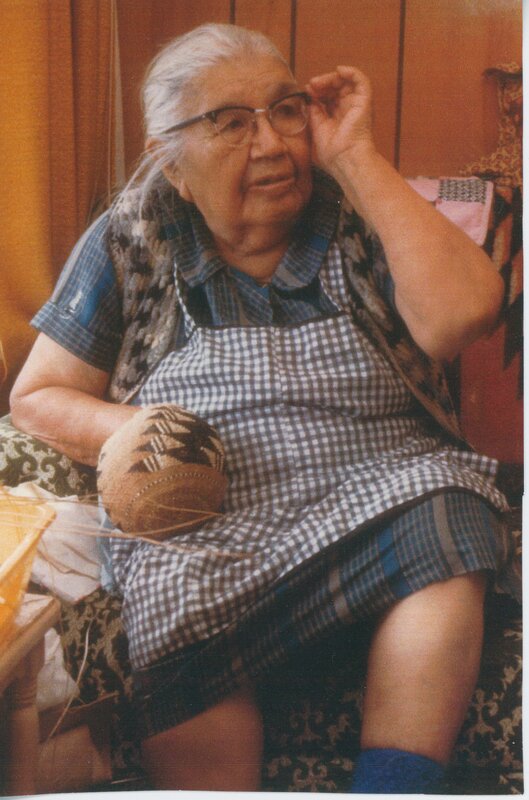
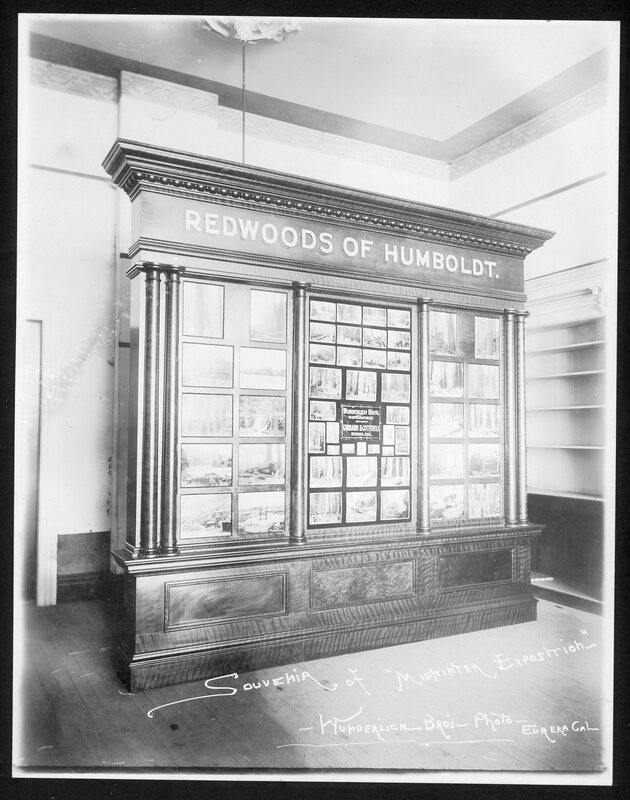
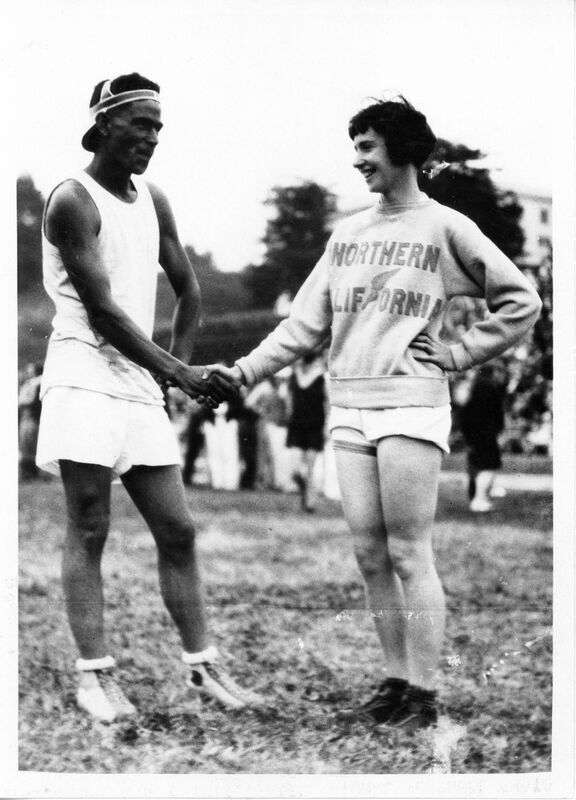
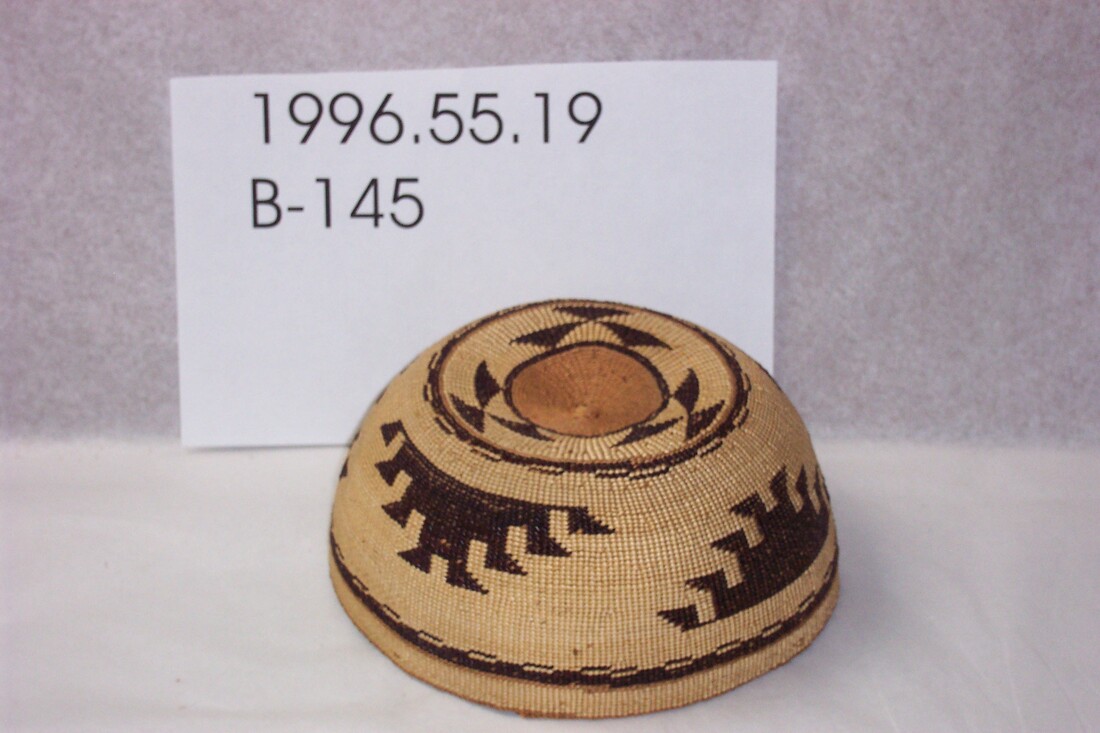
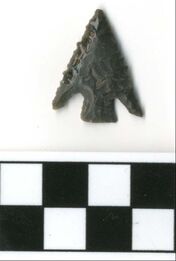
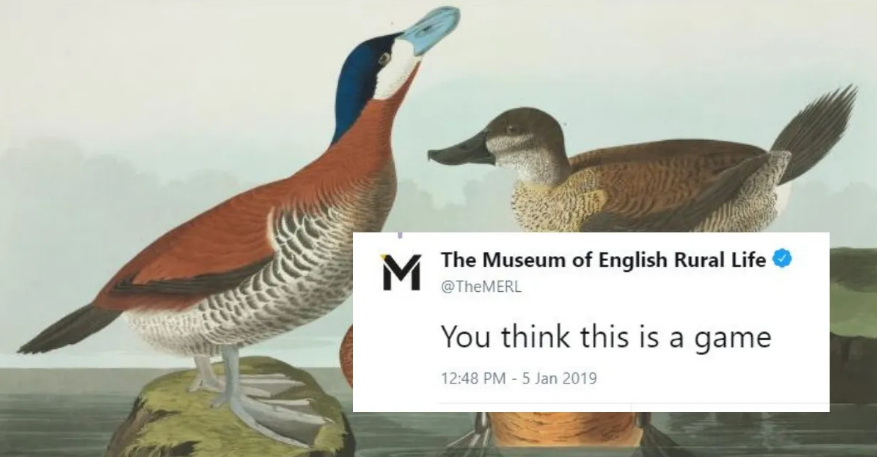
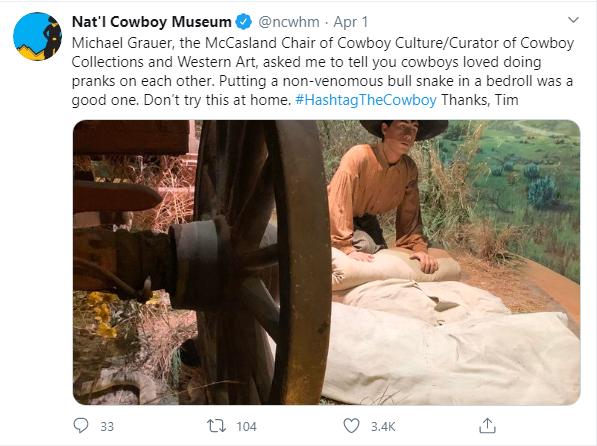
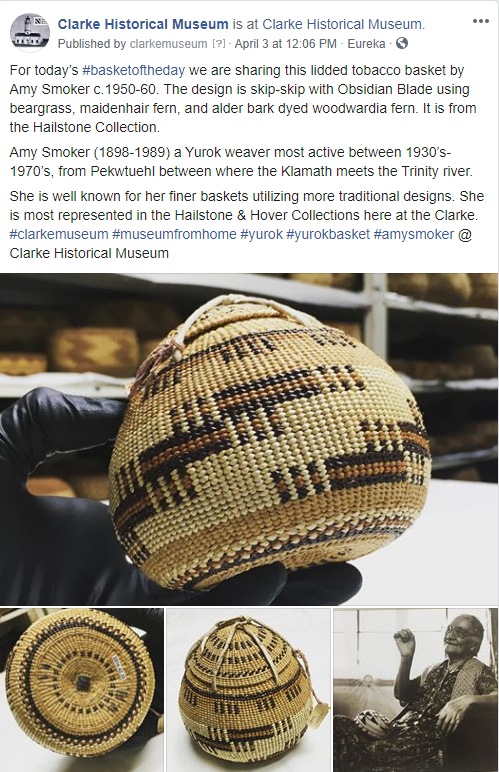
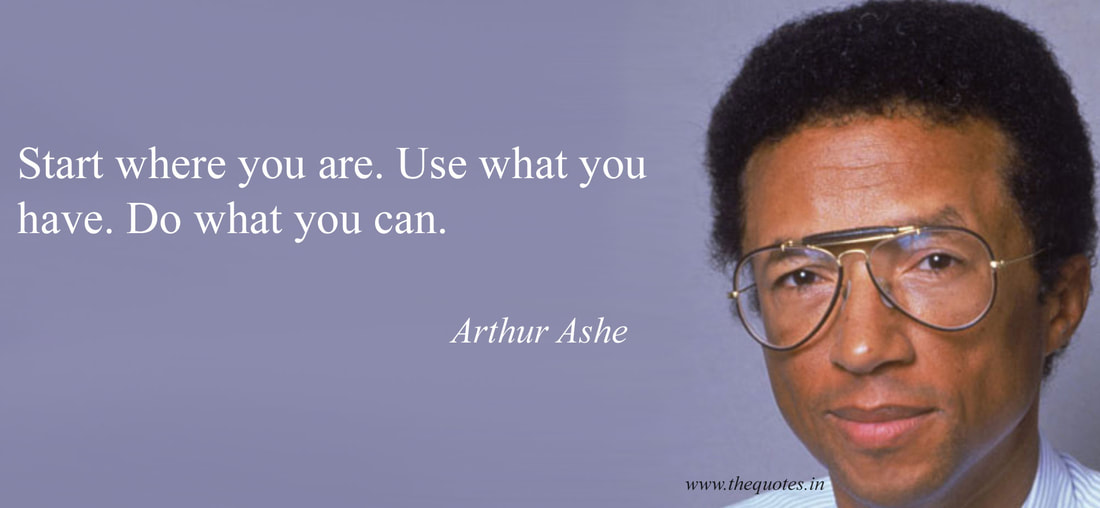
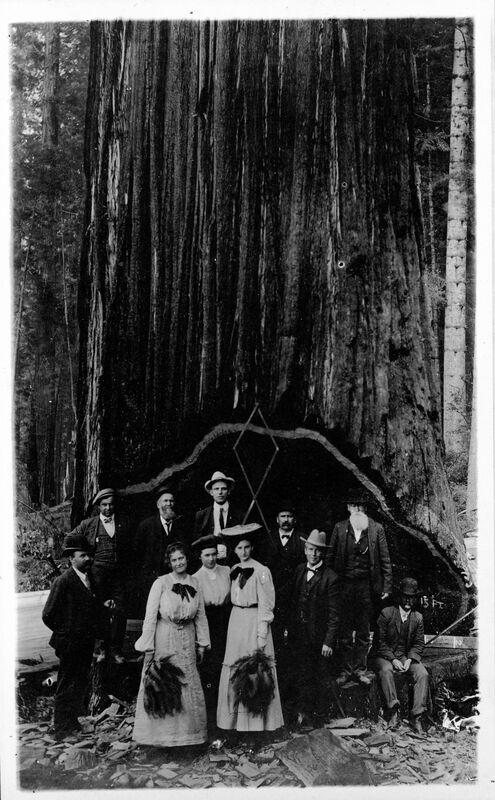
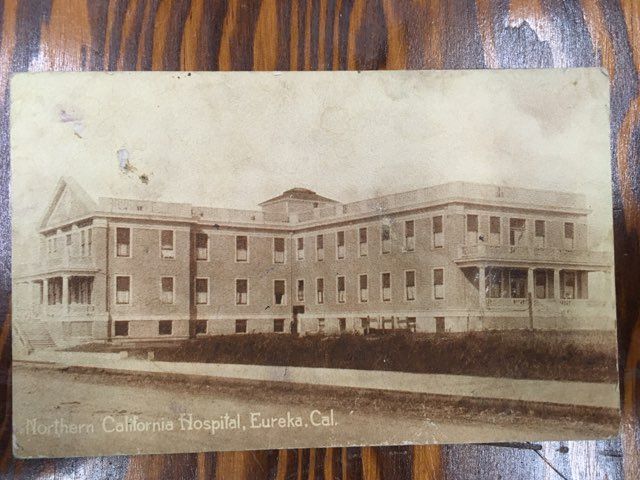

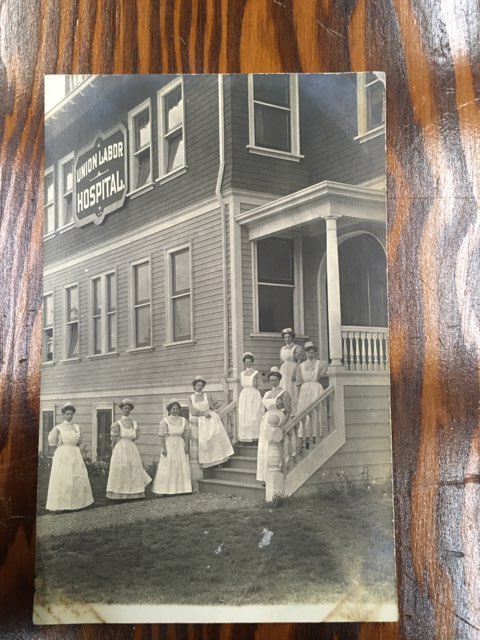
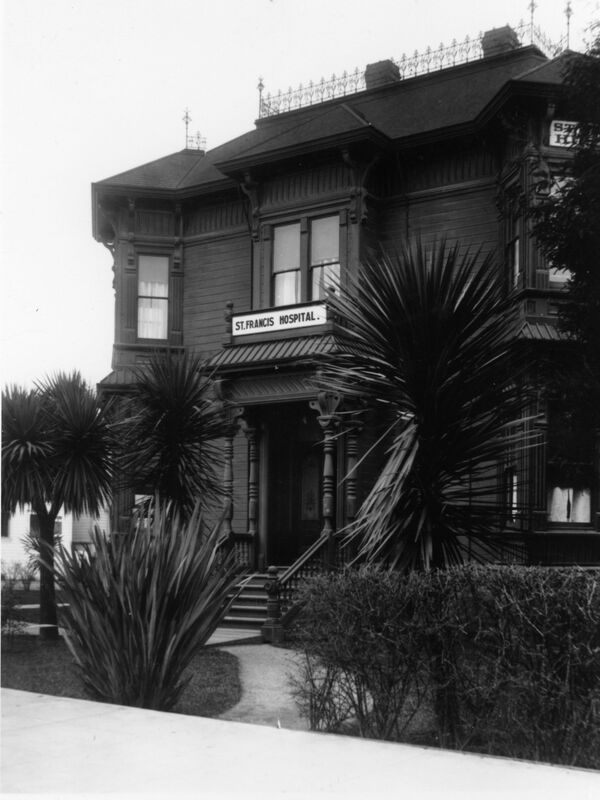
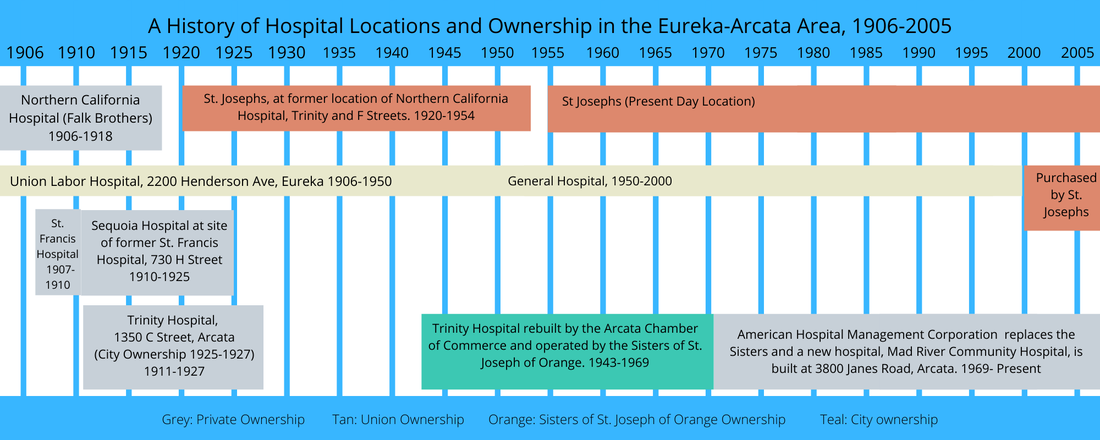
 RSS Feed
RSS Feed